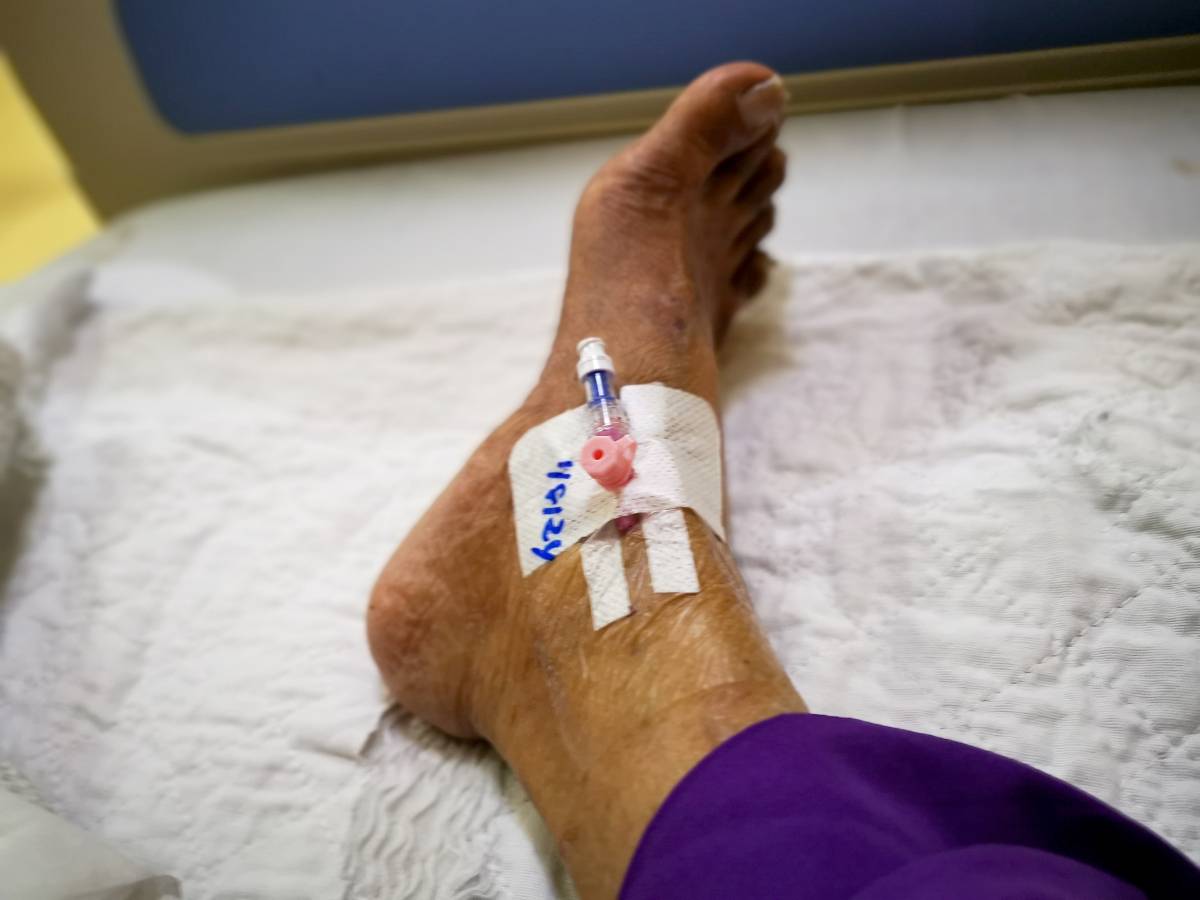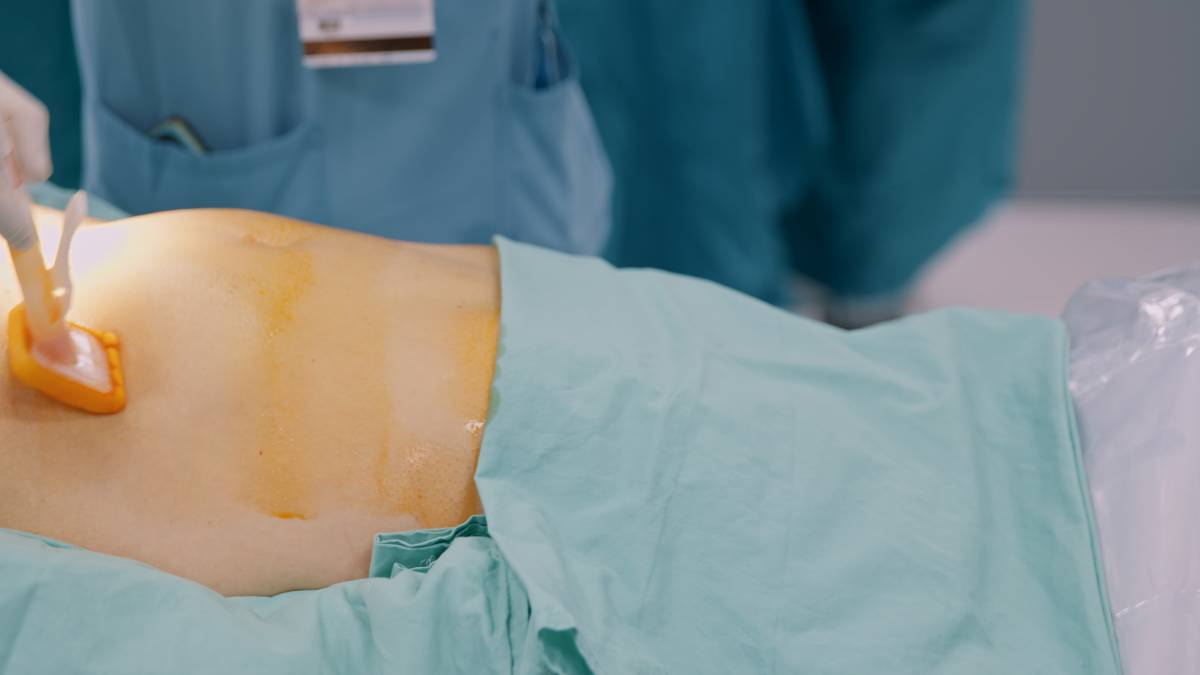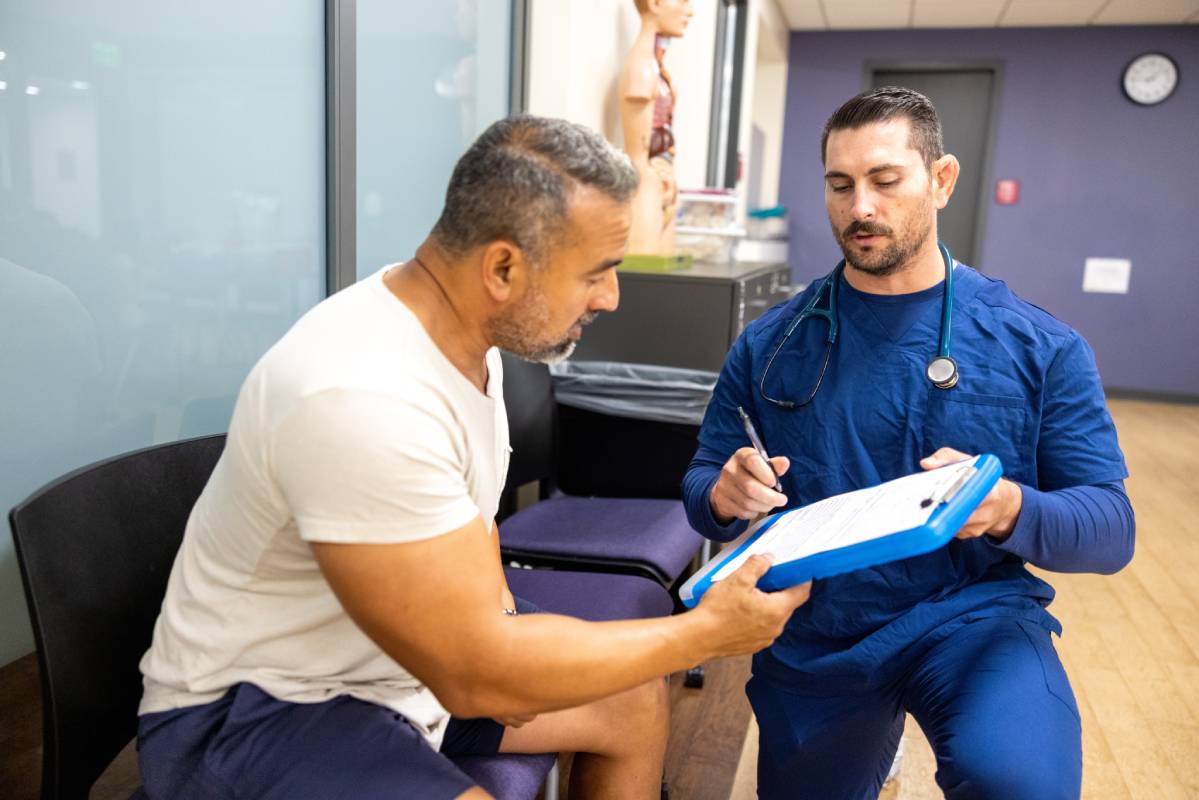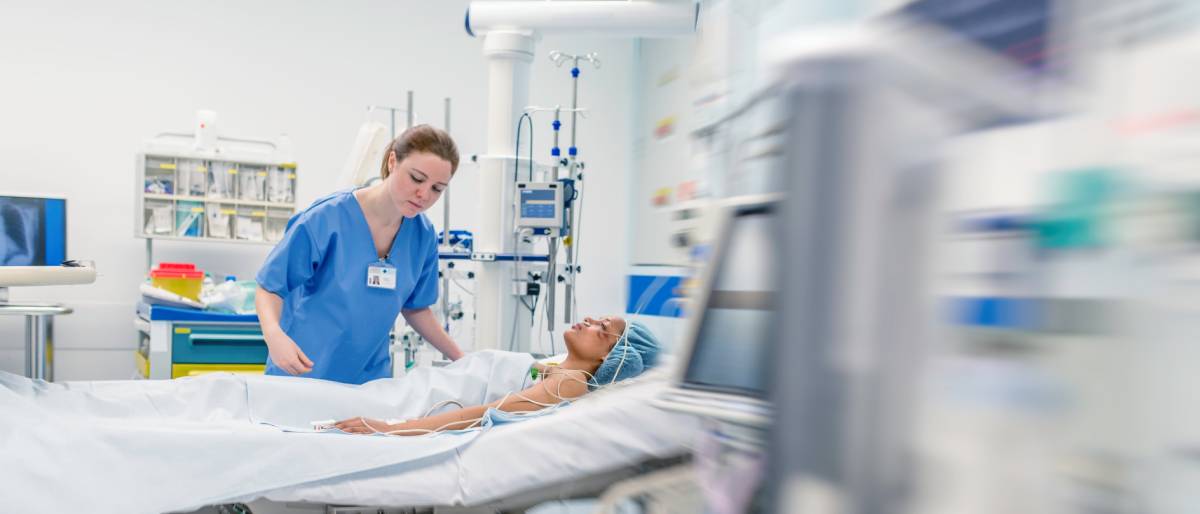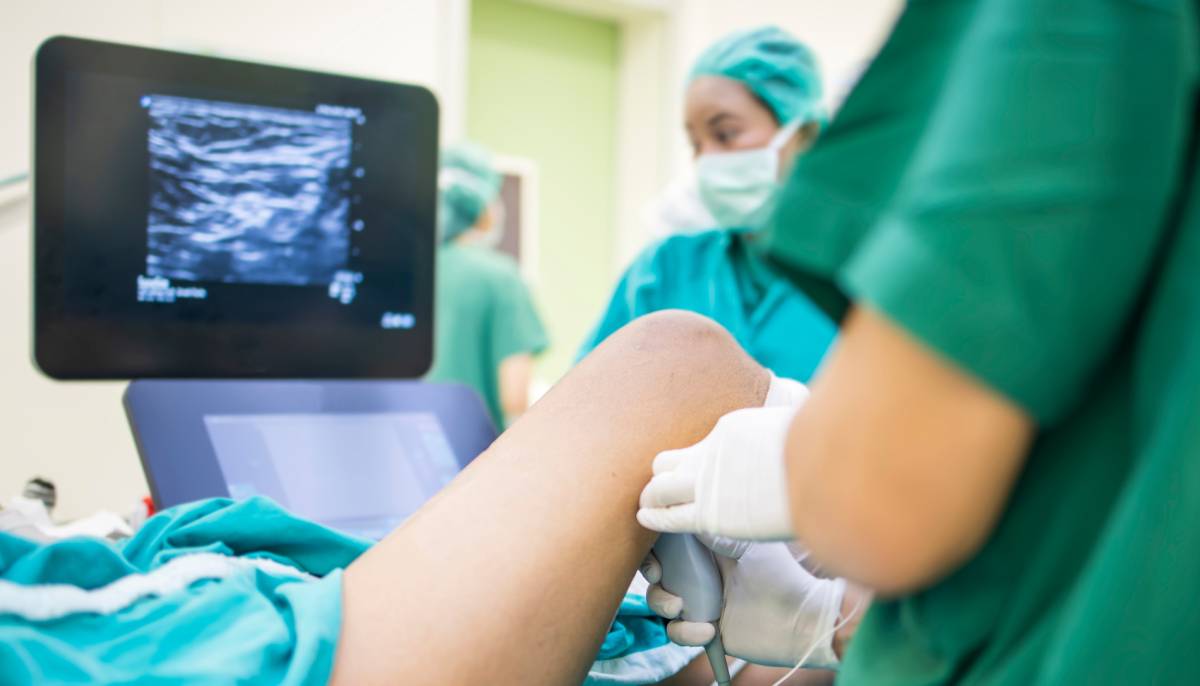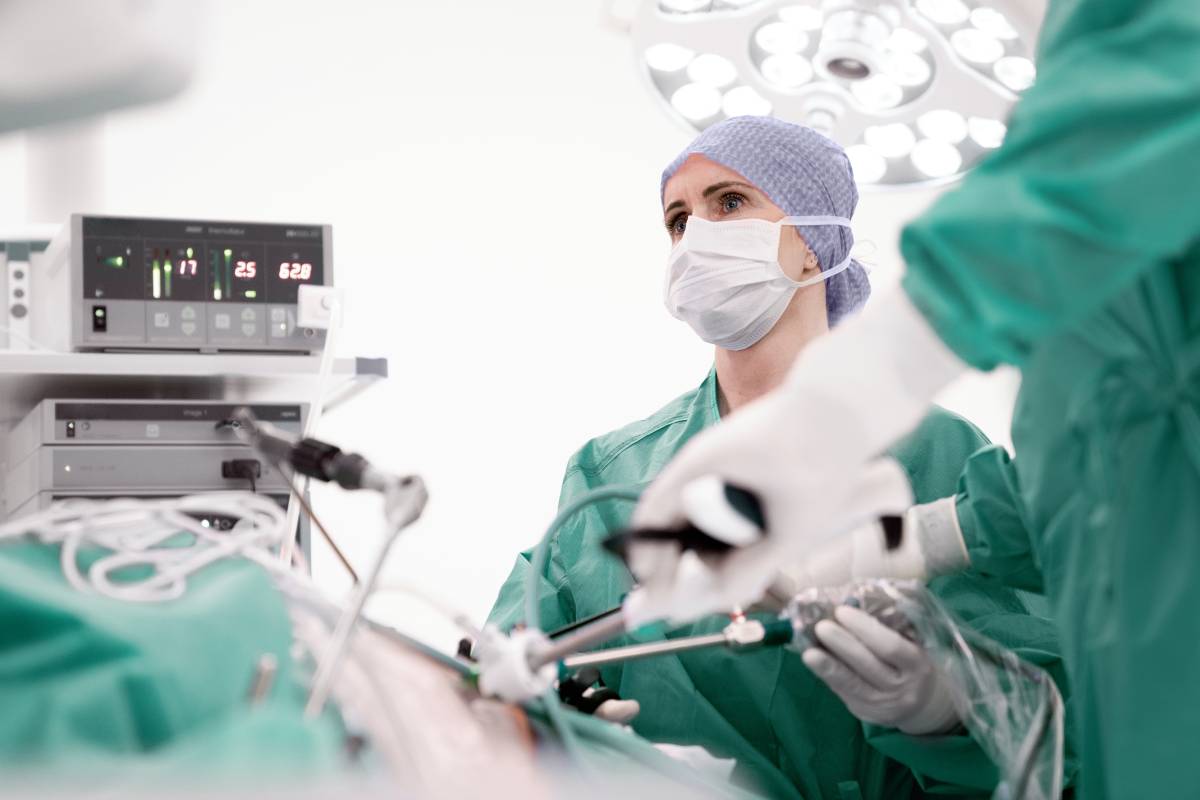Glucagon-like peptide-1 (GLP-1) receptor agonists have transformed the therapeutic landscape for type 2 diabetes mellitus (T2DM) and obesity. These agents mimic endogenous GLP-1, which enhances glucose-dependent insulin secretion, delays gastric emptying, and promotes satiety. Initially evaluated in randomized controlled trials (RCTs), GLP-1 RAs have demonstrated significant efficacy in improving glycemic control and reducing weight. However, RCTs often fail to capture the heterogeneity of real-world clinical populations. Therefore, real-world data is essential for evaluating the broader clinical utility, comparative effectiveness, and safety of GLP-1 agonists across different patient demographics and comorbidity profiles.
A comprehensive study by Thomsen et al. used nationwide registries to evaluate real-world outcomes associated with GLP-1 agonists, particularly with newer agents such as semaglutide and liraglutide. Their analysis revealed consistent weight loss and glycemic improvement across various subgroups, including individuals with significant comorbid conditions, such as cardiovascular disease or renal impairment (1).
Real-world data suggest that GLP-1 agonists may offer advantages over traditional therapies, such as basal insulin. In another study, Yang et al. analyzed the cost-effectiveness and clinical outcomes of GLP-1 agonists versus insulin using population-level datasets. Their findings revealed that GLP-1 agonists not only resulted in similar or superior glycemic control but also significantly reduced body weight and the risk of hypoglycemia (2).
Safety is an important concern in long-term pharmacotherapy. Gastrointestinal (GI) adverse events are the most commonly reported side effect associated with GLP-1 receptor agonist use. Liu et al. analyzed real-world data from the FDA Adverse Event Reporting System (FAERS) to compare the incidence of GI events among different GLP-1 receptor agonists. They found that semaglutide was associated with a higher incidence of nausea and vomiting, while exenatide was associated with a higher incidence of diarrhea. Despite these associations, the events were largely self-limiting and rarely led to treatment discontinuation, particularly when slow dose escalation protocols were employed (3).
Tumor-related adverse effects are a more serious but less frequent safety concern. Yang et al. analyzed FAERS data spanning nearly two decades to investigate potential oncogenic risks associated with GLP-1 agonist therapy. The study identified a small number of reports indicating possible associations with medullary thyroid carcinoma and pancreatic neoplasms. However, the authors cautioned that these findings were based on spontaneous reporting systems and did not establish causality. They emphasized the need for continued surveillance and mechanistic studies to clarify any potential biological links (4).
Renal and cardiovascular outcomes also merit consideration when evaluating GLP-1 agonists in the real world. In a meta-analysis of observational studies, Caruso et al. reported favorable renal outcomes among GLP-1 agonist users, including slower progression of albuminuria and a reduced incidence of acute kidney injury, compared to other glucose-lowering drugs. Cardiovascular outcomes also trended positively, consistent with randomized controlled trial (RCT) findings, such as those from the LEADER and SUSTAIN-6 trials. However, the authors noted the need for longer follow-up periods and stratification by baseline renal function and cardiovascular risk to validate these findings in the general population.
In conclusion, the growing body of real-world evidence confirms that GLP-1 agonists effectively improve glycemic control and promote weight loss and are generally safe when used in appropriate populations. Their comparative advantage over insulin and other antidiabetic agents makes them an appealing choice in many clinical scenarios. Nevertheless, careful attention to adverse event profiles, particularly GI symptoms and potential tumor risks, is warranted. As their use continues to expand, real-world studies will remain indispensable in refining clinical guidelines and optimizing patient outcomes.
References
- Thomsen RW, Mailhac A, Løhde JB, Pottegård A. Real-world evidence on the utilization, clinical and comparative effectiveness, and adverse effects of newer GLP-1RA-based weight-loss therapies. Diabetes Obes Metab. 2025;27 Suppl 2(Suppl 2):66-88. doi:10.1111/dom.16364
- Yang CY, Chen YR, Ou HT, Kuo S. Cost-effectiveness of GLP-1 receptor agonists versus insulin for the treatment of type 2 diabetes: a real-world study and systematic review. Cardiovasc Diabetol. 2021;20(1):21. Published 2021 Jan 19. doi:10.1186/s12933-020-01211-4
- Liu L, Chen J, Wang L, Chen C, Chen L. Association between different GLP-1 receptor agonists and gastrointestinal adverse reactions: A real-world disproportionality study based on FDA adverse event reporting system database. Front Endocrinol (Lausanne). 2022;13:1043789. Published 2022 Dec 7. doi:10.3389/fendo.2022.1043789
- Yang Z, Lv Y, Yu M, et al. GLP-1 receptor agonist-associated tumor adverse events: A real-world study from 2004 to 2021 based on FAERS. Front Pharmacol. 2022;13:925377. Published 2022 Oct 25. doi:10.3389/fphar.2022.925377
- Caruso I, Cignarelli A, Sorice GP, et al. Cardiovascular and Renal Effectiveness of GLP-1 Receptor Agonists vs. Other Glucose-Lowering Drugs in Type 2 Diabetes: A Systematic Review and Meta-Analysis of Real-World Studies. Metabolites. 2022;12(2):183. Published 2022 Feb 15. doi:10.3390/metabo12020183

